ADVERTISEMENT
If you’re thinking about starting a garden this spring, summer, or fall, you may want to put some thought into growing in containers.
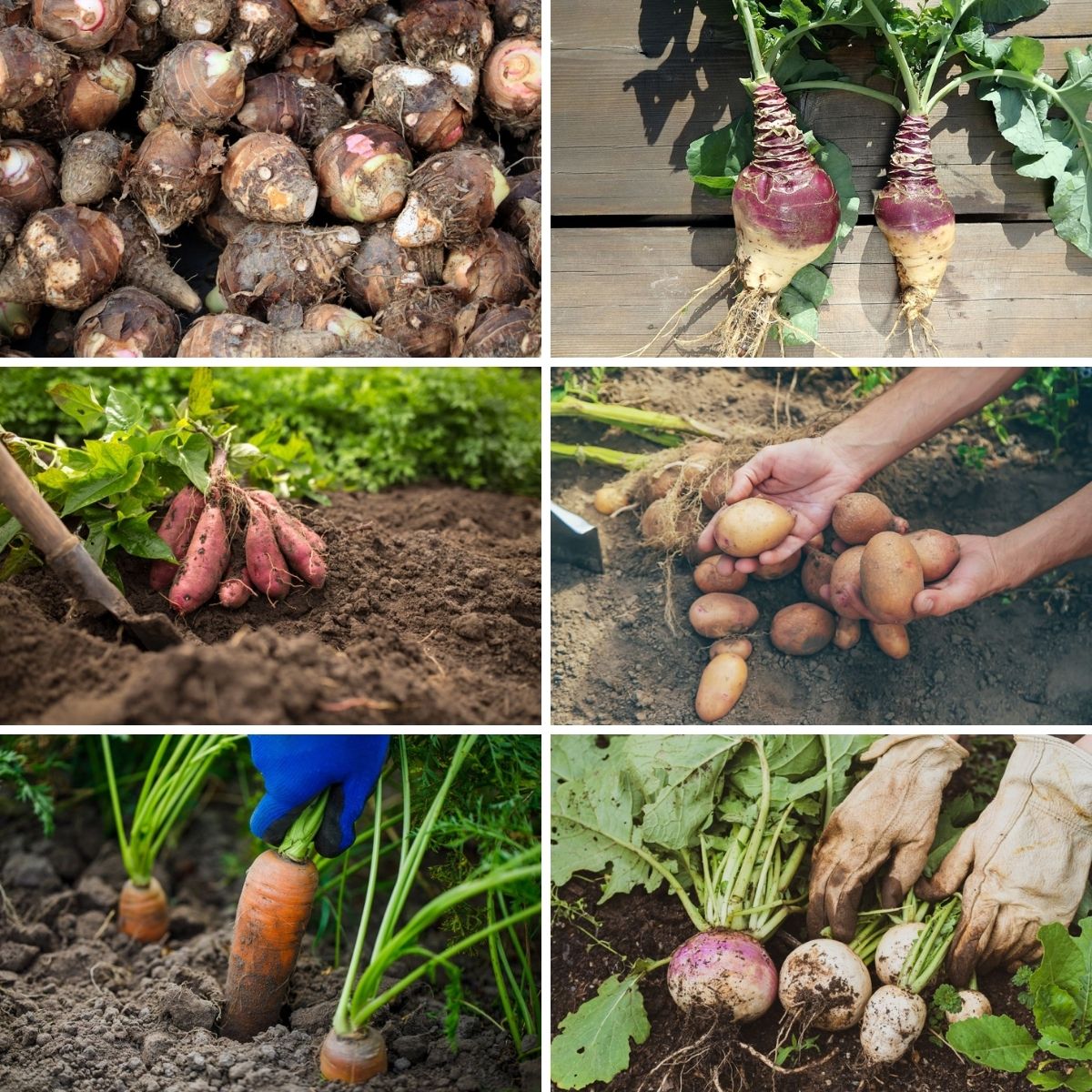
Container gardening is beneficial for so many reasons. Not only do you eliminate the need to till or amend garden soil that is just not up to snuff, but you can grow a container garden in practically any environment. A savior for urban gardeners and space- or climate-constrained growers alike, container gardens are versatile and effective.
And if you think that you don’t have a lot of options when it comes to the vegetables you can grow in such a setting, think again! Just about any kind of plant can be grown in a container as long as you choose a pot that’s big enough – even root vegetables!
Ready to get started with your container garden? Here are fifteen root vegetables you can grow in containers.
1. Radishes
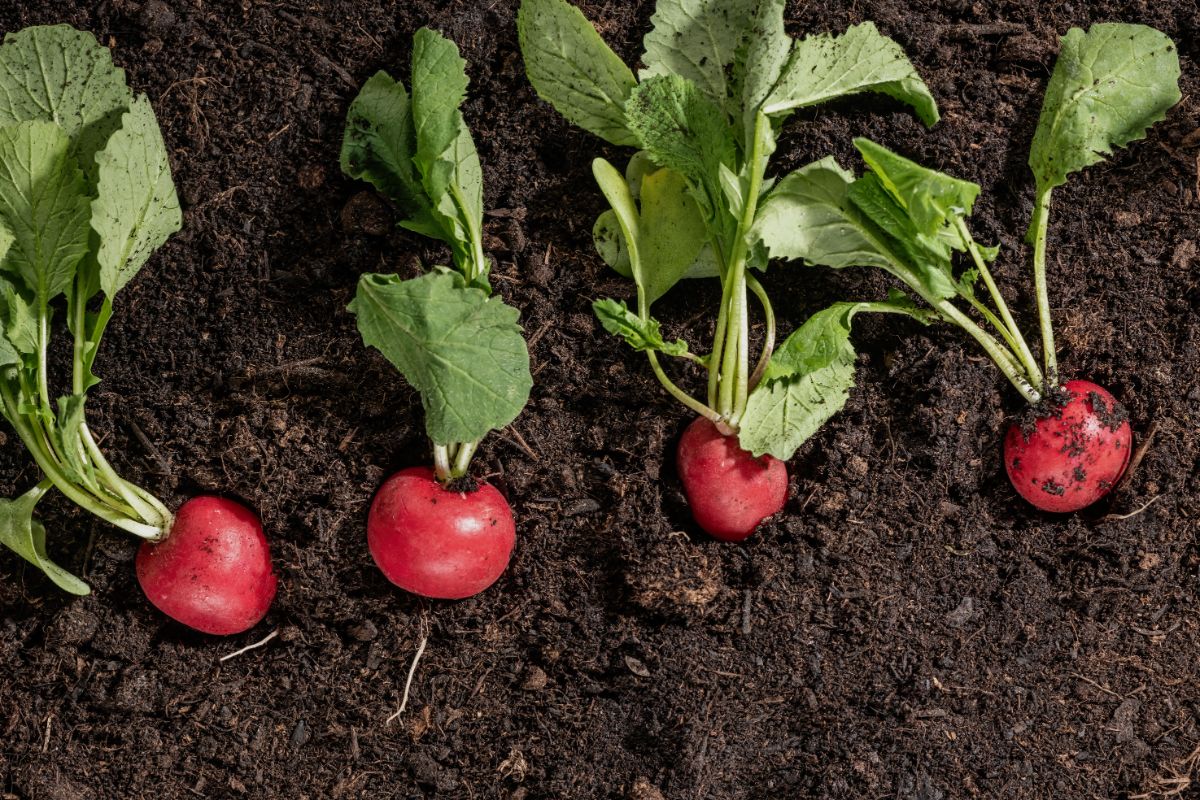
Get Radish Seeds (24 types with photos and reviews).
Because radishes mature so quickly, they are absolutely perfect for growing in containers. Some can even be grown during the winter!
If you want to grow multiple batches, start by planting your radishes in outdoor containers early in the spring. Keep the soil nice and moist to help prevent the roots from becoming woody and fibrous.
2. Turnips

Get Turnips Seeds
You can grow turnips in containers and harvest both the roots and the greens. With hundreds of ways to cook with and serve turnips, there’s no reason not to give this hardy culinary staple a try
You will want a relatively large container that is around a foot deep. Sow seeds directly, and you can start harvesting greens in as little as three weeks!
3. Ginger
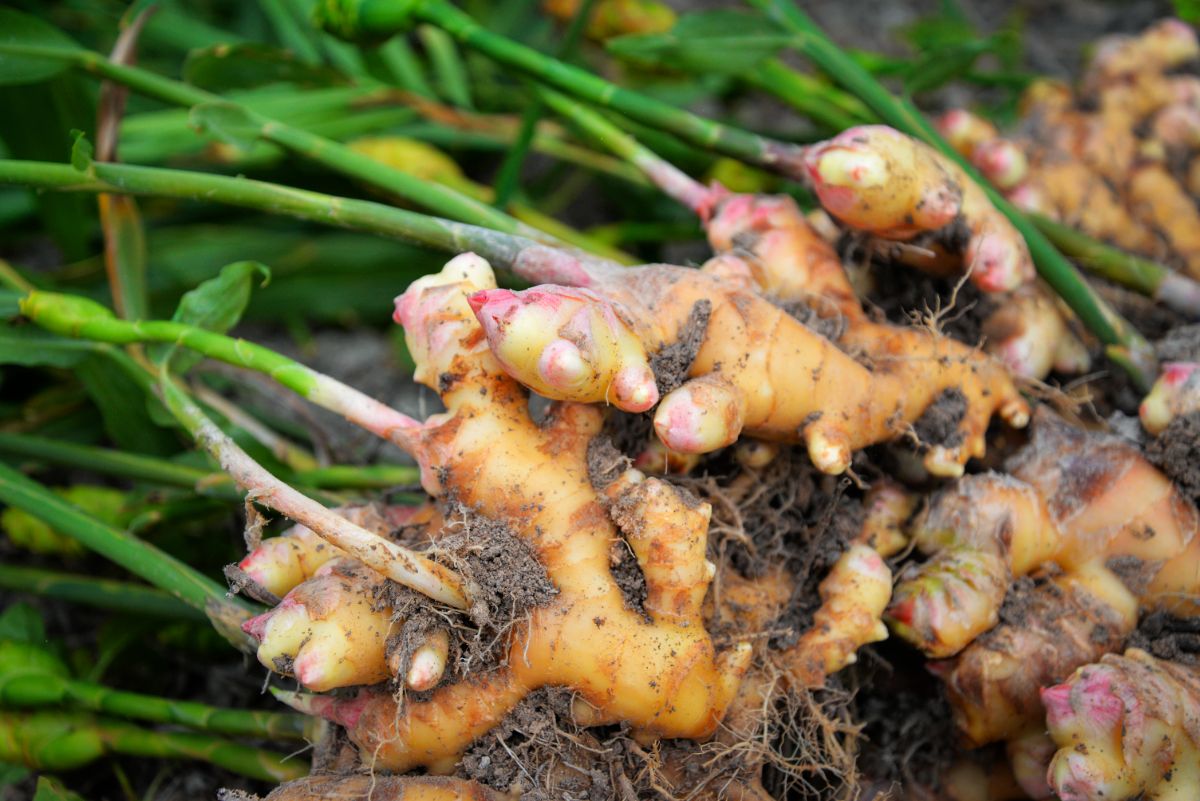
Yes, ginger is a root vegetable! This is one that many people tend to forget about, but it’s a good choice if you’re looking for a plant that’s easy to grow in an urban garden. You can eat both the shoots, leaves, and roots.
You will need to purchase ginger rhizomes and plant that about a foot deep in a large pot to plant ginger. Put the container in a spot that receives full sunlight yet remains relatively cool. You can grow ginger year-round if you live in a frost-free environment or are willing to bring your container inside.
4. Garlic
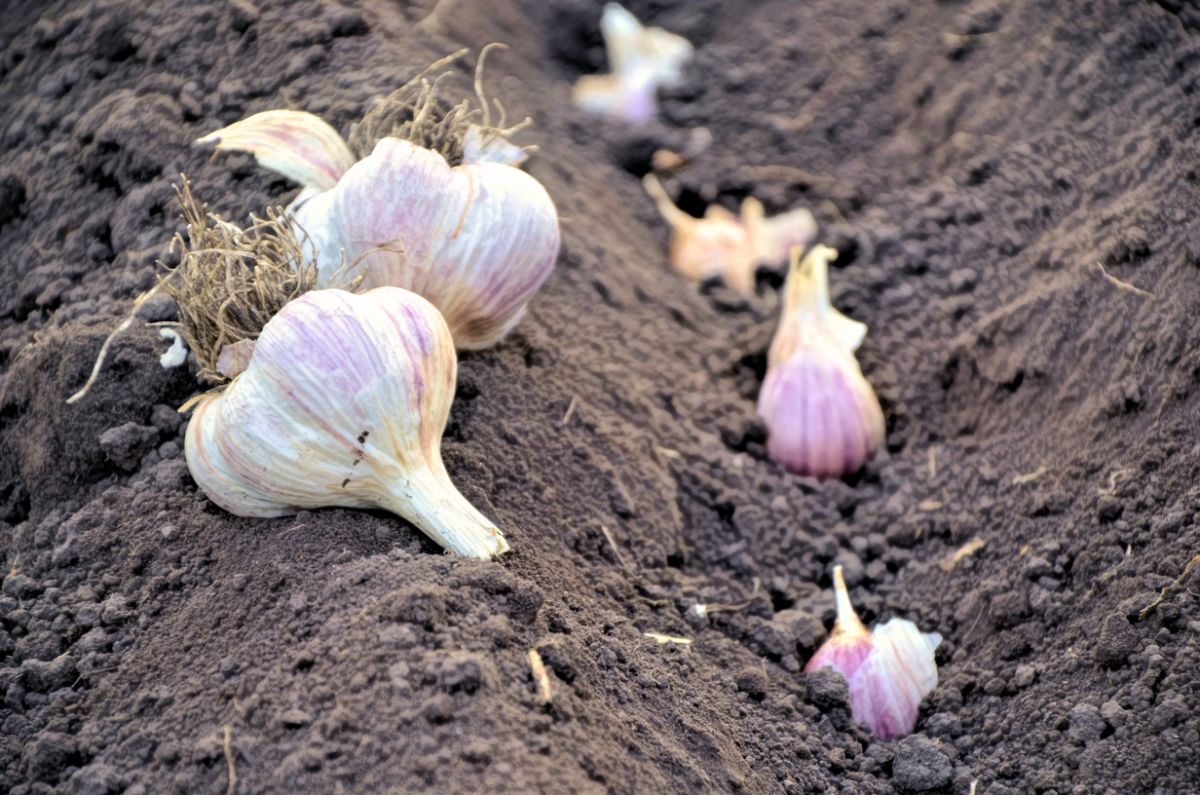
Get Garlic (18 Types with Photos and Reviews)
You can harvest garlic bulbs as well as the scapes from plants that are grown in containers. You can use grocery store garlic to get started (just break up and then plant the individual cloves) or buy some cloves from your favorite gardening store.
Garlic can be ground year-round when you grow it indoors in a container. Just make sure your container is around eight inches deep.
5. Carrots
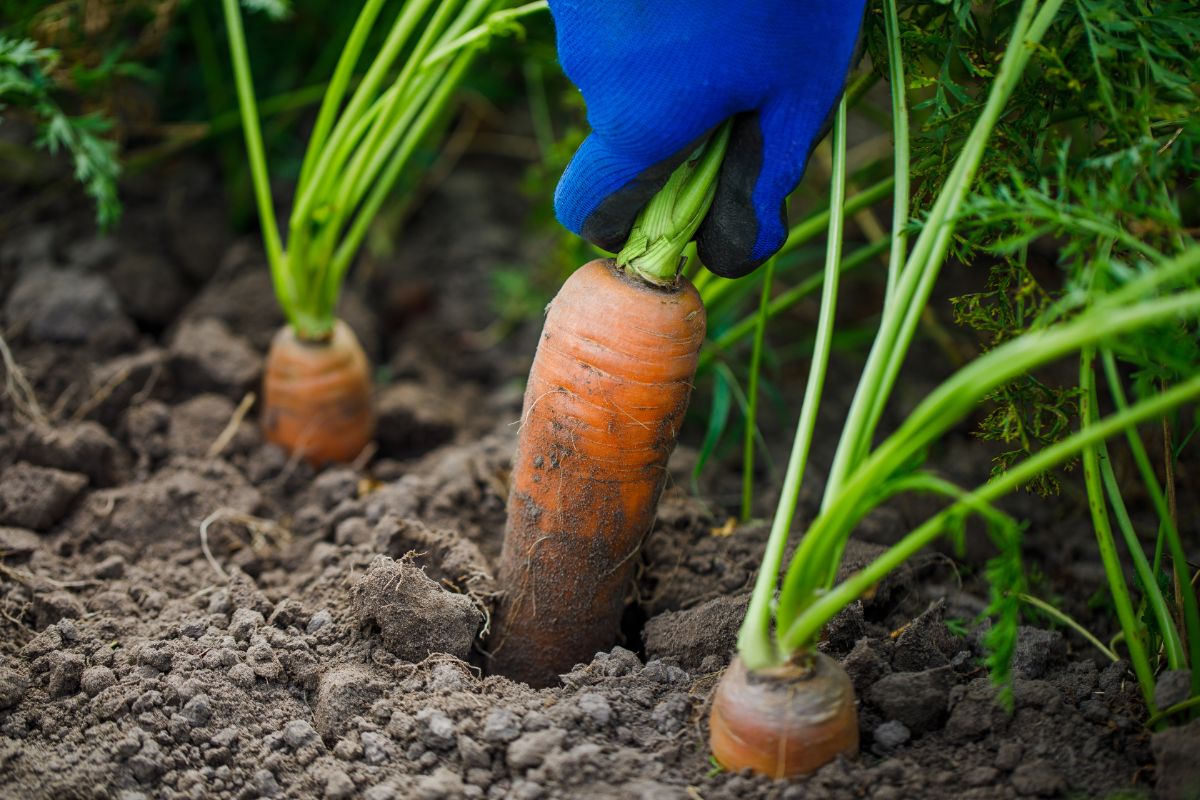
Get Carrot Seeds (22 Types with Photos and Reviews)
There’s nothing quite like a freshly uprooted carrot pulled right from the garden, is there? Sweet and crispy carrots deserve a place in your patio container garden. You can grow carrots in a plastic tub, a pot, or even a window box. As long as the container is between six and 15 inches deep, depending on the carrot variety you select, you shouldn’t have any problem.
Carrots are best started from seed. If you plan on moving your containers outdoors, start the seed a couple of weeks before the last frost date in the spring. They can grow outside well after the first frost, too. In fact, in warmer climates, carrots grow best in the fall and the winter months.
6. Rutabagas
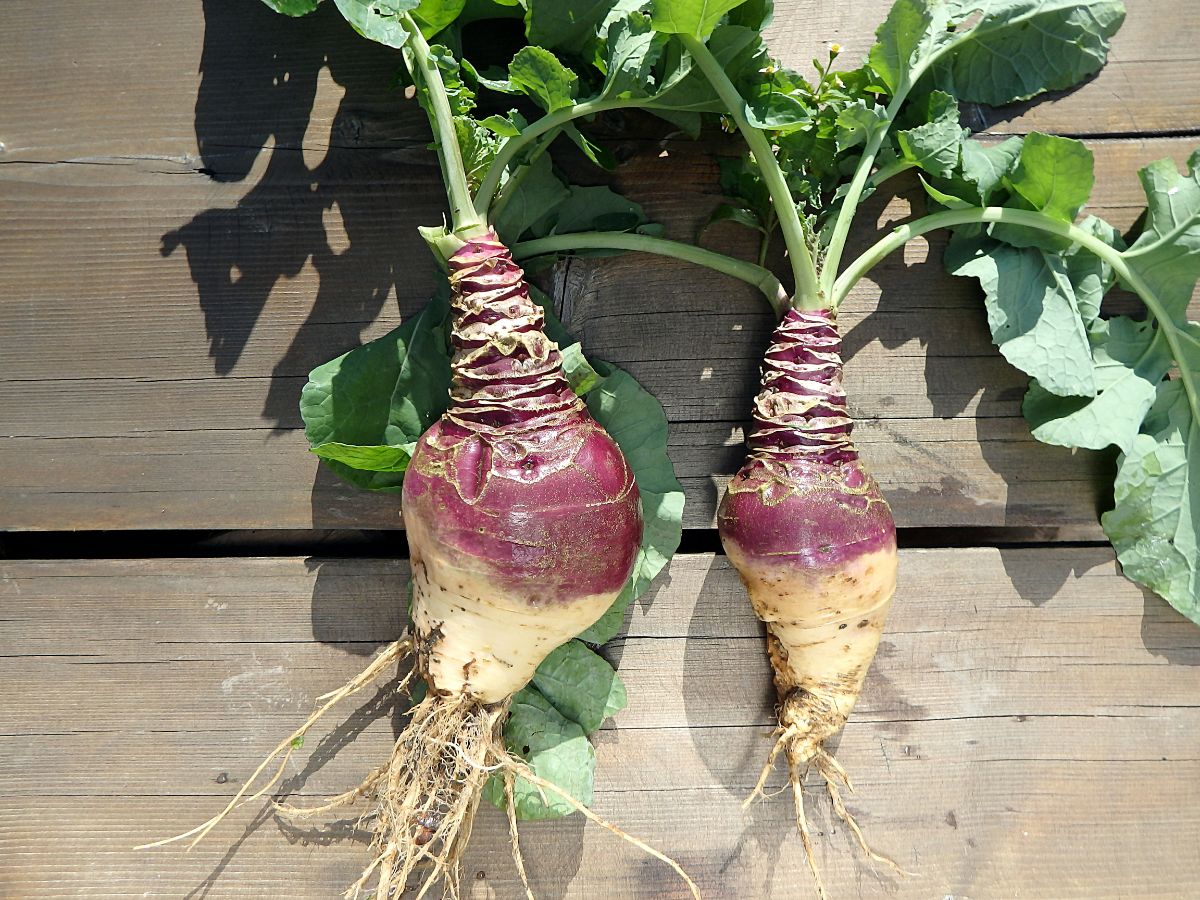
Rutabagas probably aren’t the first vegetables that come to mind when you’re trying to decide which root vegetables to grow in your garden. However, they should be! These buttery-sweet plants can be used for pie and other desserts – or eaten in a side dish. They need about 90 days to mature.
7. Horseradish
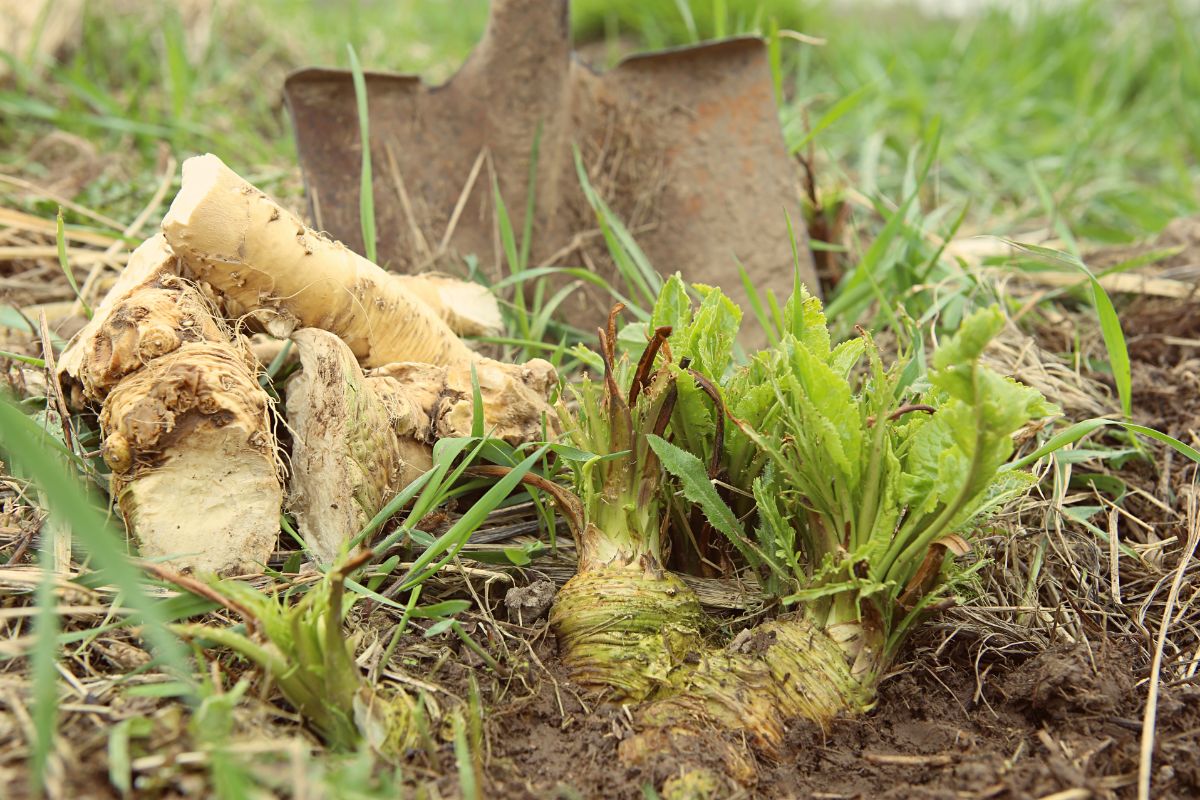
Another unique option for gardening in containers is horseradish. Horseradish is actually best grown in a container since, when planted in an unrestricted spot in the garden, it will take over quickly and become somewhat invasive.
You can eat these spicy, peppery roots raw or cooked in savory dishes. You should plant it in the early spring and harvest it in the fall if you plan on growing it outdoors. Choose a container that’s at least two feet deep, and make sure you keep your plant in a location where it will receive full to the partial sun all day.
8. Green Onions
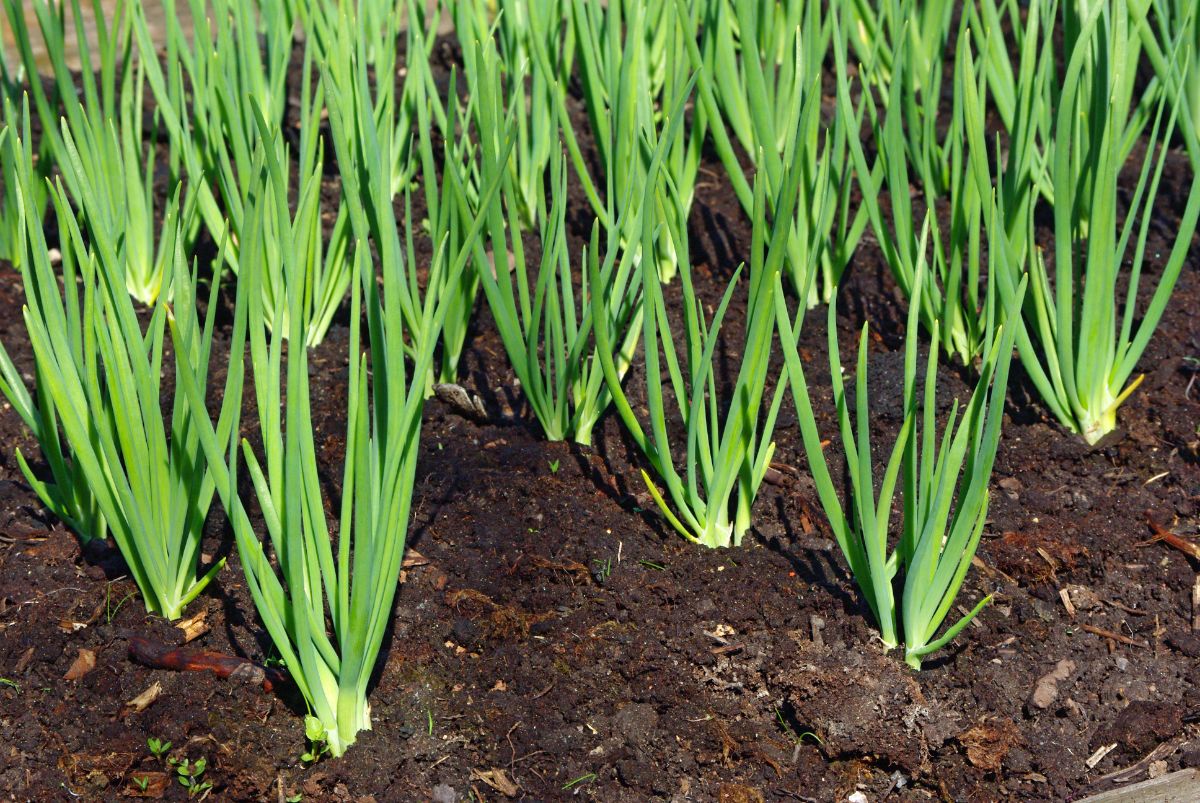
Get Green Onion Seeds (25 Types with Photos and Reviews)
If you want an unending supply of onions to cook with, you may want to consider growing green onions in containers. You don’t need a massive container for green onions – a pot that’s about six inches deep will do the trick. Your green onions will grow rapidly, but you can harvest the tops before the bulbs are ready to go, too.
Place your container of green onions in a warm location and receive at least four hours of direct sunlight each day.
9. Potatoes
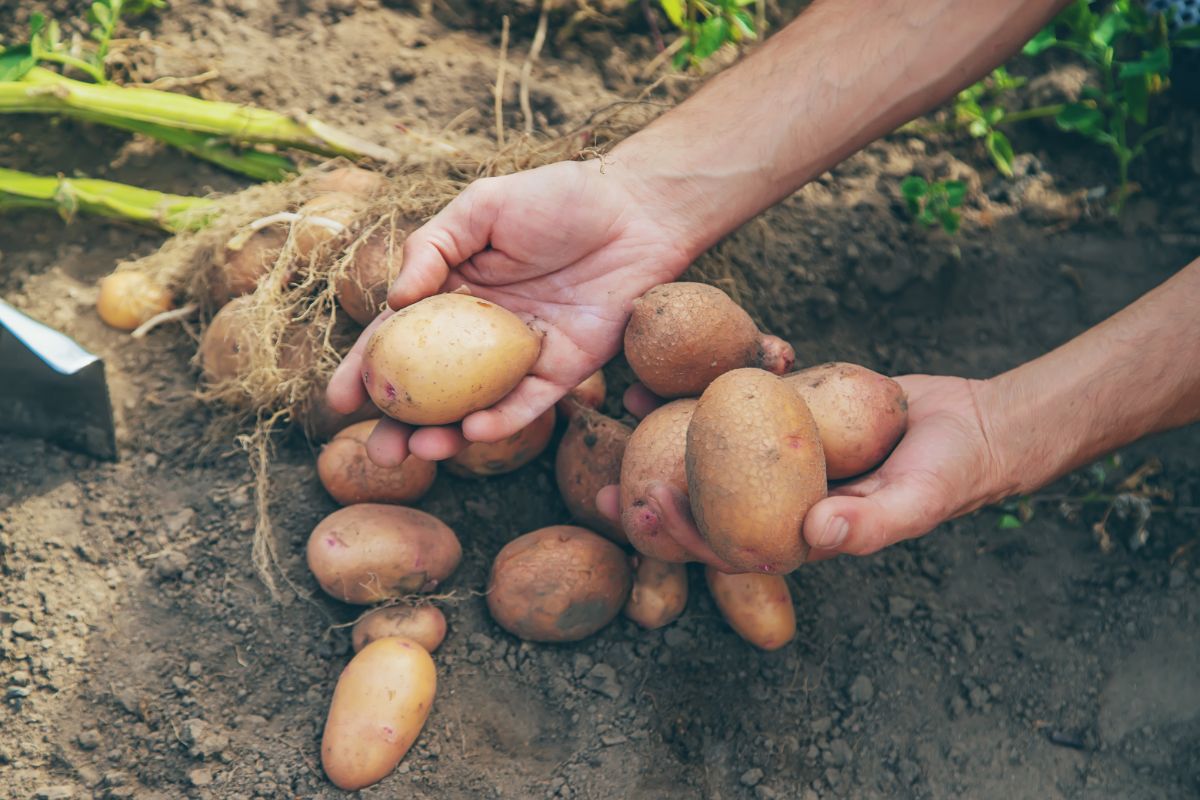
Get Potatoes (25 Types with Photos and Reviews)
Potatoes are some of the easiest root vegetables you can grow in containers. As long as you choose a large container with ample drainage holes, you shouldn’t have any problem doing so. You can grow potatoes in just about any kind of container, including a tire, sack, or polyethylene bag. Some people even grow potatoes in trash bags! Feel free to get creative.
10. Parsnips
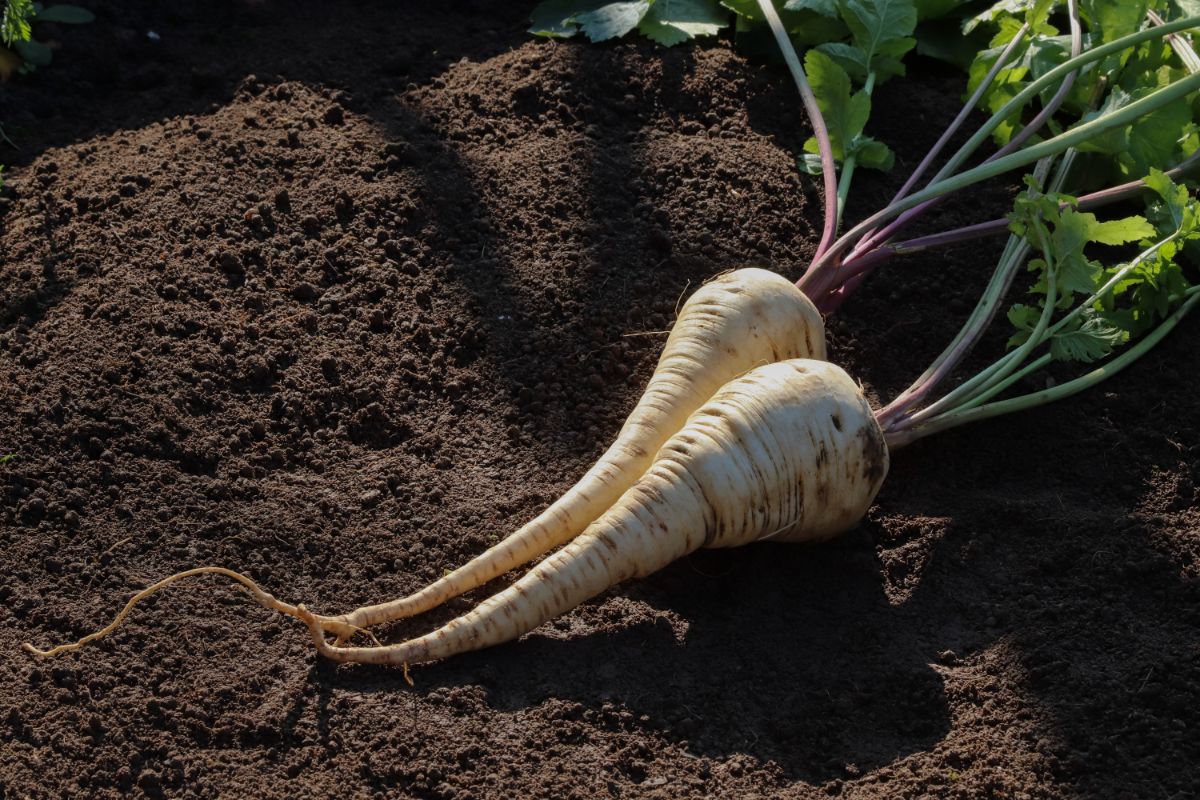
Get Parnship Seeds (3 Types with Photos and Reviews)
Parsnips are similar to carrots in that they grow easily in containers. They also store well for months and get super sweet after being chilled. With a mild nutty flavor, parsnips take only three or four months to mature, making them perfect for growing in containers.
11. Fennel
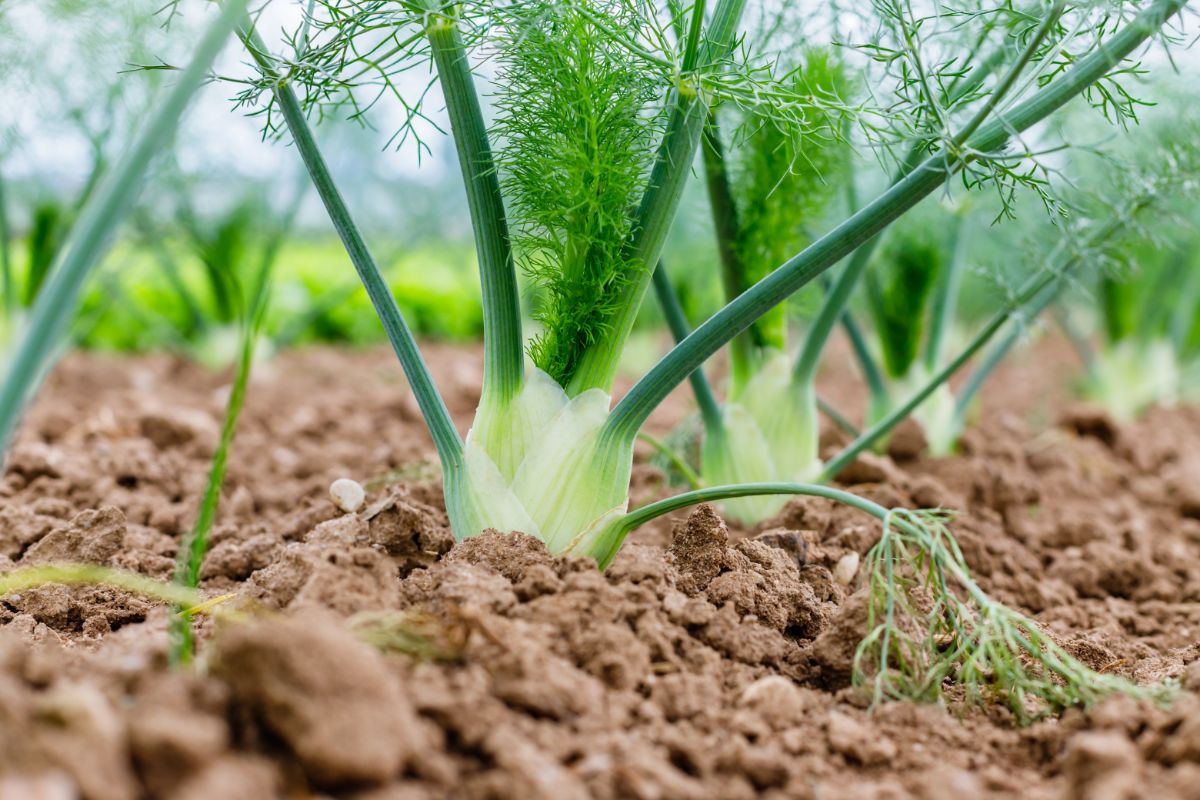
Get Fennel Seeds (8 Types with Photos and Reviews)
Fennel is technically an herb, but it grows quite well in a container. Bulb fennel goes well with fish and requires a large container and well-draining soil. Sow your seeds directly into the soil to prevent disturbing the roots, and make sure you provide it with lots of warm weather.
12. Beets
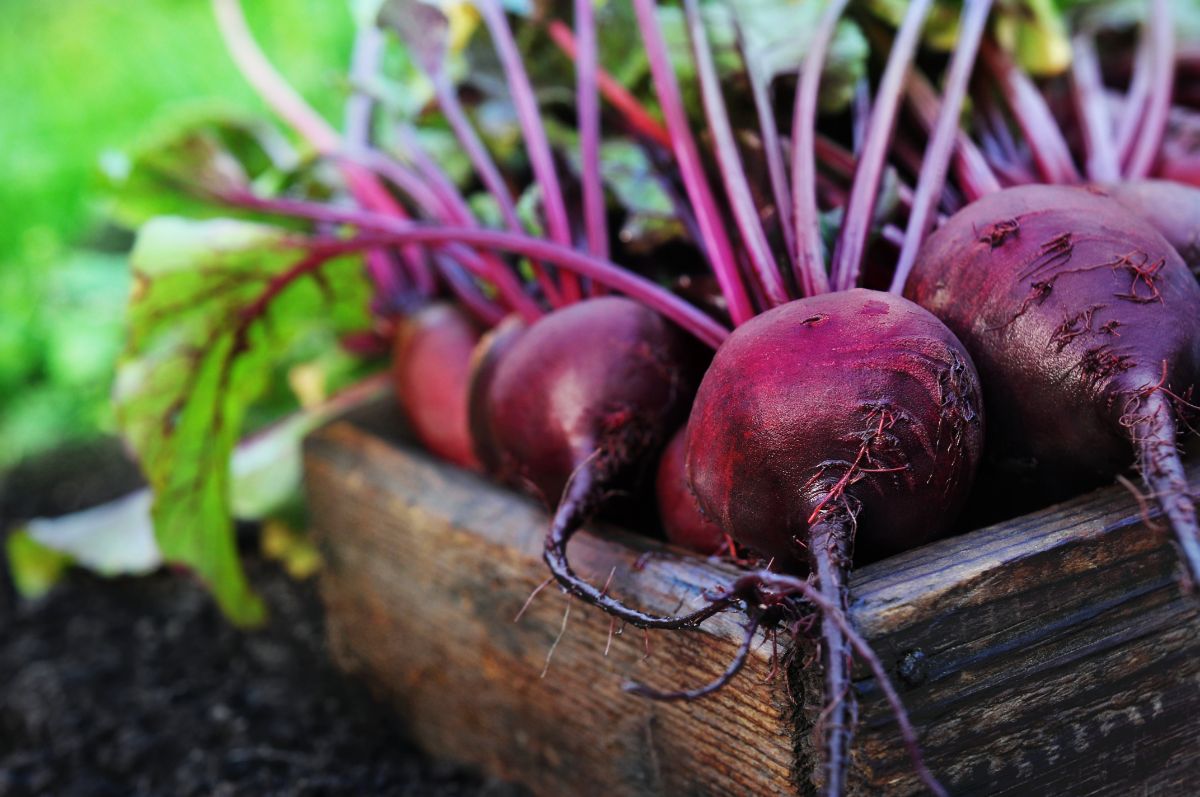
Get Beet Seeds (8 Types with Photos and Reviews)
Beets are incredibly nutritious and are some of the easiest (and fastest-maturing) root vegetables you can grow.
To start, just plant beetroot seeds in small pots that are at least eight inches deep. Width is more important than depth, as you want to give your beets plenty of room to spread out.
If you’re going to put your container of beets outside, you’ll have the best results when planting your beets during the cooler parts of the year. Beets aren’t huge fans of warm summer temperatures. Instead, grow them in the fall, winter, and early spring if you live in a warm climate.
Bonus points when planting beets if you harvest both the greens and the roots!
13. Sweet Potatoes
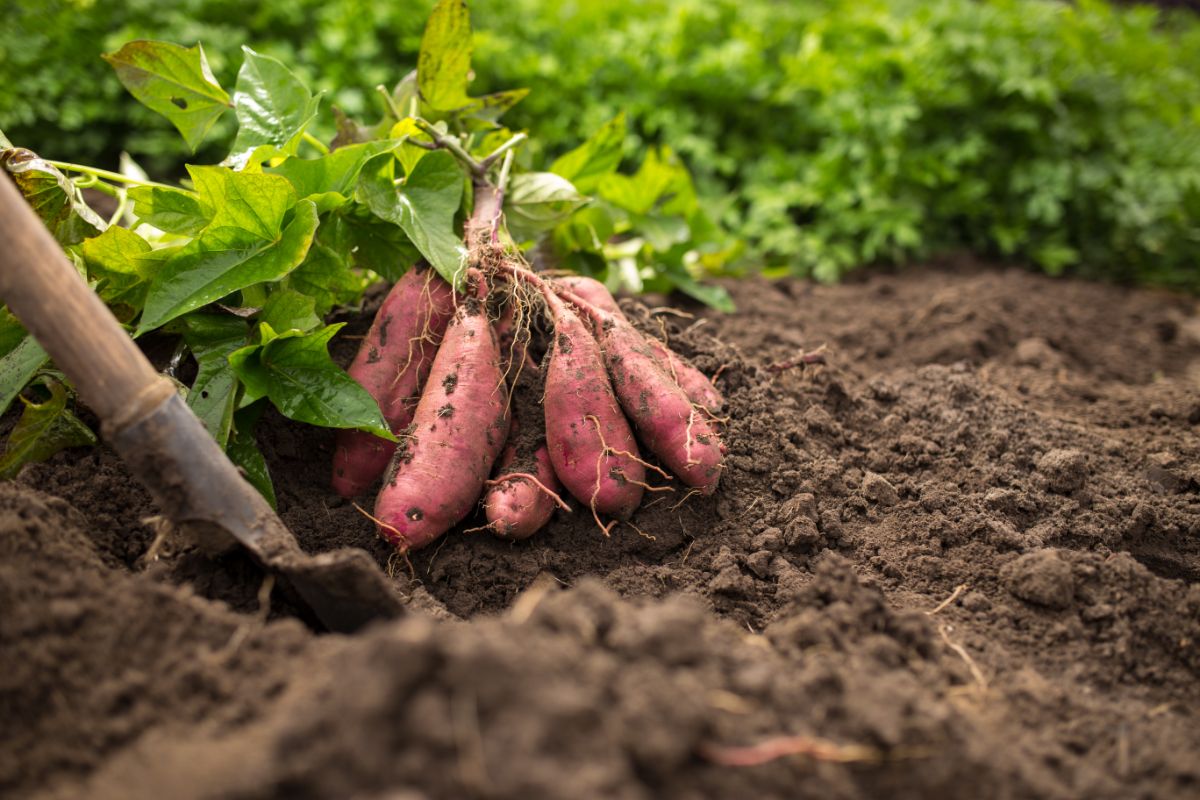
Sweet potatoes are very similar in their growing requirements to regular potatoes, but many people shy away from growing them. These vining plants can be grown on a trellis to allow you to take advantage of the vertical space you have available, making them perfect for a container garden.
Sweet potatoes can be grown from slips or transplants, or you can bury cuttings that you have purchased. Choose a container that’s at least ten inches deep and wide. The weather needs to be warm, so make sure conditions are favorable outdoors or consider growing your sweet potato in containers indoors instead.
14. Onions and Shallots
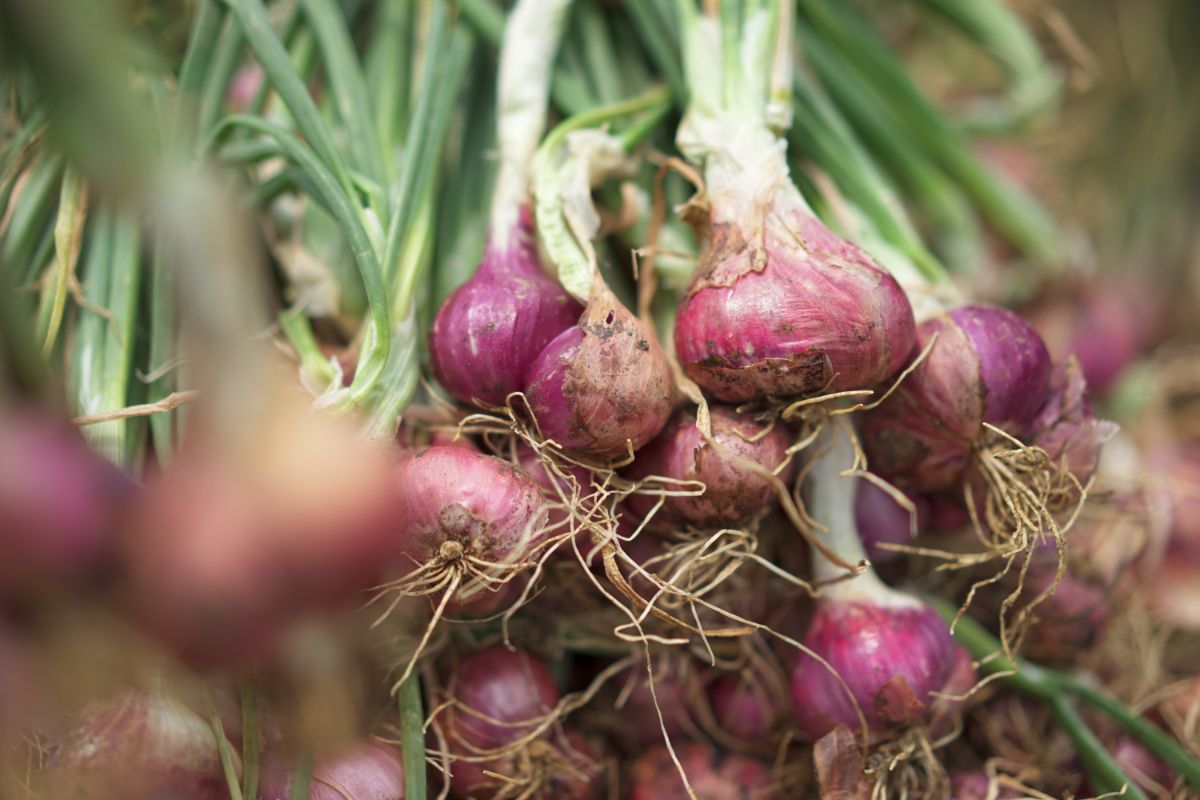
Get Onion Seeds (40 Types with Photos and Reviews)
Both regular onions and shallots – in addition to the aforementioned green onions – can be grown in containers, too. Planting onions is easy. You can start from seed or from sets or the tiny little bulbs. Planting sets is the easiest and will also result in the fastest-maturing bulbs.
15. Taro

Taro is a unique root vegetable that is generally grown for its roots and leaves. It’s also a beautiful ornamental plant, making it a top contender when you’re looking for root vegetables that can be grown in containers.
Select a container that’s at least 12 inches deep and put your pot in a location that receives some filtered sunlight. Warm temperatures are ideal for this plant as long as you keep the soil evenly moist.
Tips for Growing Root Vegetables in Containers
We have a bigger container-friendly list here including fruits, herbs, and veggies.
Most root vegetables grow quite well in containers, but you do need to take some steps to make sure you give them what they need. Some larger vegetables, like potatoes and sweet potatoes, need a lot of space, so a large container is essential.
Remember that all root vegetables like to be grown in soil that is loose and well-draining. Ensure that the container you select has drainage holes at the bottom and use potting soil – not soil that you pull out of the garden. This will reduce the likelihood of transmitting dangerous pathogens, like pests and bacteria, to your new seeds.
Water your container-grown root vegetables deeply and frequently. Containers dry out faster than regular gardening areas. If you are growing indoors or you don’t get at least an inch of rainfall each week, be sure to provide this for your root crops with regular waterings. Plants that are poorly watered will develop small, misshapen, or scabby tubers.
Although weeds aren’t as common in containers, make sure you pull any as soon as they appear – root vegetables aren’t great at competing with weeds. Fertilizing is also often necessary since nutrients are leached more quickly when you are growing in a container.
Finally, take note of the time to maturity for each of your container-grown vegetables. It’s easy to lose track of time when you’re growing in a container, especially when you’re growing indoors. After all, you won’t have the changing of the seasons to tell you when your carrots can be pulled, or your potatoes can be dug.
Markdown the maturity dates on your calendar, and set your watch! You’ll have delicious root vegetables that you grew in containers in 3, 2, 1…!
This post was first published here

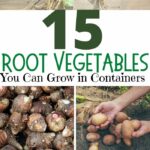
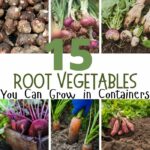

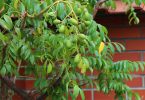


Leave a Comment
You have to login first to post a comment. You can register if you have no account yet.